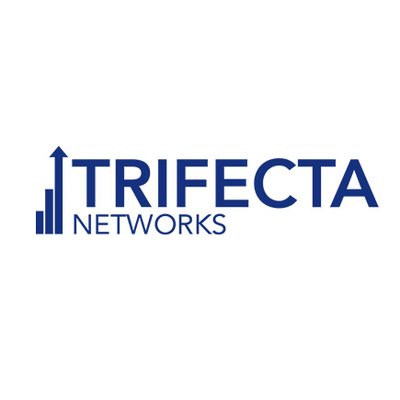AUTHOR JOE LEONE / PUBLISHED: AUG-17-2018
Network switches are a relatively ubiquitous piece of gear in most organizations, and while many engineers are qualified to select additional or replacement devices without much thought if complexity or change has crept into the network due to an increase in users, traffic or locations, switching requirements will evolve, as well.
The first question is merely a preference for the manufacturer, or more specifically whether there is the need for generalized or proprietary routing protocols. For example, Ciscois known for its proprietary protocols such as CDP and HSRP are not available on other platforms. Another all-Cisco example is their Layer 3 EIGRP (later) which some consider easier to configure than OSPFfor small networks, but if you are concerned about scalability, multivendor interoperability and futureproofing networks OSPF may be your best bet. All-Cisco networks tend to play well together, but I’m going to guess some users have deployed multivendor solutions. The point is that beyond the marketing and hype, OEM choice matters.
Next up is port count, type, and speed. The most common port count variants are 8-port, 16-port, 24-port, and 48-port. This one is pretty simple and is determined by counting how many devices will need to be connected to the switch(es). Port types can be copper (RJ-45 connectors) or fiber, of which the most common types are either GBIC, SFP, or SFP+ (depending upon generation and speed requirement). Switch ports usually can pass traffic at 10Mbps – 100Mbps with some at 1000Mbps, or 1 Gb. Port types and speeds also apply to uplink ports which may not be needed at all or may be needed in varying feature sets.
Now on to some useful ancillary features, which include stacking, PoE, and Layer3 capabilities. Stacking is ultimately handy if you will need to deploy multiple switches in a new location or an additional switch to an already existing stack. PoE (Power over Ethernet) gives the switch the capability to power items like VOIP phones, access points, security cameras, and more. Layer 3 functionality provides the switch with the ability to perform both routing and switching functions. There are typically two choices for Layer3 functionality, basic and full: basic gives most switches the ability to do inter-VLAN routing, while full Layer 3 functionality which offers the switches the ability to use dynamic routing protocols such as OSPF, EIGRP, or BGP, as I previously described.
One additional question that I like to ask is the use case. This is important for general knowledge, but also crucial if, for example, the switch will be used in a data center on an iSCSI network, when I may suggest a stand-alone, top of rack class switch with large port buffers to handle the iSCSI traffic. Additionally, make sure you inform your engineer about additional protocols such as OTV, fiber channel, etc., which are beyond the scope of this section.
Finally, I typically look at power and environmental options. Physical environments can be tough on switching gear, and selecting the right power, ventilation and rack mount, among other requirements is critical to extending the life of the switch. AC vs. DC power supply is an obvious distinction, but equally important is assessing the need for redundant power supplies, UPS systems, etc. A hazardous environment may typically call for a fanless industrial Ethernet switch, but not all fanless switches are designed for this use, while some fanless switches are optimal for standard environments.
Don’t make an immediate assumption that these attributes are the same for all situations. Finally, ensuring that you have the right racks to support your equipment is also essential. Cost, space and physical loads are factors, as is the ability to bolt the mount to the floor if needed. The two main ‘types’ of racks are the 2-post racks and the 4-post racks. Understanding when each of these should be used your data center or computer closet is critical to proper setup and support of your exact needs.
This article didn’t cover topics such as spine and leaf configurations, or fiber channel only switches and many other topics, but check with us if you have further questions.

